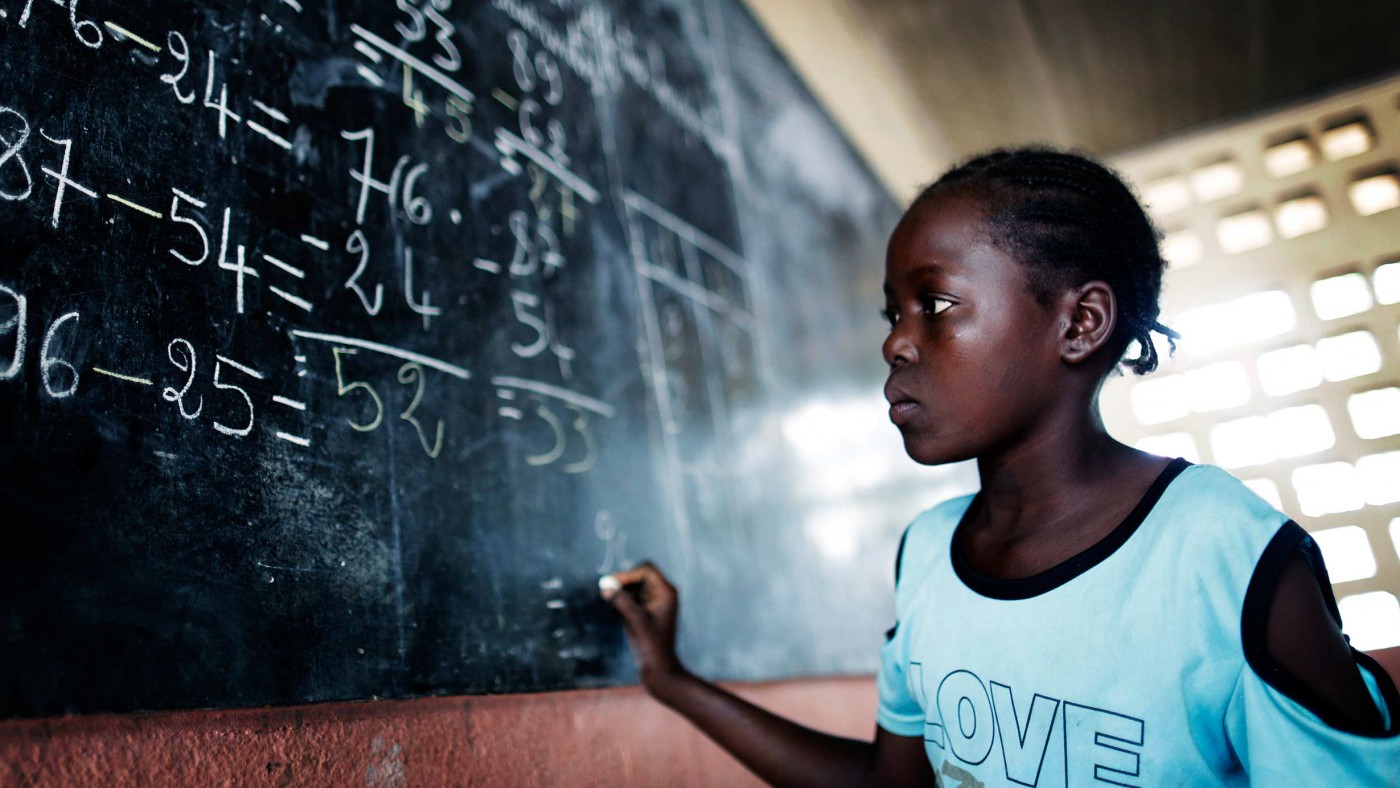Twenty years ago this week – on Indian Republic Day, 26 January 2000 – I wandered into the slums behind the Charminar, in the Old City of Hyderabad, and my life changed forever.
Building on my PhD at what is now the UCL Institute of Education, I had become an expert on private education. Twenty years ago, everyone knew that private education was just for the elite and upper middle classes and I was in India doing consultancy work for the International Finance Corporation, the private arm of the World Bank, evaluating the elite private schools in the area. However, for whatever reason I had always felt that my life should be about serving less privileged communities.
So, on a day off from consultancy, I went into Hyderabad’s slums, down an alleyway and found a small school in a residential building. It wasn’t a state school, but a low-cost private one, charging in those days about $1 a month. Then I found another, and another, and soon I was connected to a federation of 500 of these low-cost private schools, serving poor and low-income communities across the region. I spent as much time as I could in these schools after finishing my daily meetings in the elite colleges that had initially brought me to Hyderabad. I watched lesson after lesson and witnessed young energetic teachers educating classrooms full of children, often in extremely impressive ways.
I remember going back to my hotel room in an upmarket part of the city and thinking that maybe the different parts of my life could fit together after all. I was an expert in private education, and in India private education seemed as much about the poor and disadvantaged as anyone. My life felt suddenly complete.
For many years I ploughed a lonely furrow, trying to convince those with power and influence that private education was good for the poor. Now, 20 years later, the extraordinary, disruptive revolution of low-cost private schools that is sweeping across the developing world is increasingly acknowledged, and sometimes even respected.
In both urban slums and rural villages, poorer parents are abandoning public schools en masse and sending their children to low-cost private schools, typically created by educational entrepreneurs. These private schools are ubiquitous. In Lagos State, Nigeria, for instance, there are 14,000 low-cost private schools, enrolling 2.12 million children, some 70% of preschool and primary aged children. Research from Nairobi (Kenya), Kampala (Uganda) and Accra (Ghana) gives similar results – the highest percentage is in Kampala, where 84% of primary aged children in poor areas are in private education.
Similarly, in urban India at least 70% of children are in independent private schools, while the comprehensive Annual Status of Education Report (ASER) shows 30% of rural children in private schools, a figure that is growing each year. Extrapolation from recent studies indicates there are roughly 92 million children in India who attend around 450,000 low-cost private schools.
The private schools are better than the state schools, where there is a lack of accountability; research has shown teachers in state schools typically teach only half of the time they are meant to . It’s no surprise that a review by the Department for International Development found children in low-cost private schools outperforming those in public schools, even after controlling for socio-economic background variables.
The private schools don’t typically suffer from gender bias and are affordable, even for families on the poverty line. And the majority of low-cost private schools are run as small businesses by educational entrepreneurs (with a minority run by religious organisations and charities), without subsidies from the state or philanthropic organisation. This means that low-cost private schools are already a fully sustainable solution to the problem of improving educational standards for all.
But there are still difficulties to be overcome. Sometimes governments try to close these schools altogether. More commonly they pass regulations that impose impossible conditions, such as the need for very large playgrounds in areas of urban overcrowding, or the insistence that all teachers must achieve the same level of certification and pay as their government counterparts, even though this would make it impossible for the schools to charge low fees.
So, the struggle continues. The work that began for me 20 years ago in the slums of India continues to this day. I’m currently building a team at the University of Buckingham to continue to champion the successes of low-cost private schools globally. Providing burdensome government regulation doesn’t get in the way, low-cost private schools and the education they provide for millions of poor children will continue to thrive.
Click here to subscribe to our daily briefing – the best pieces from CapX and across the web.
CapX depends on the generosity of its readers. If you value what we do, please consider making a donation.


